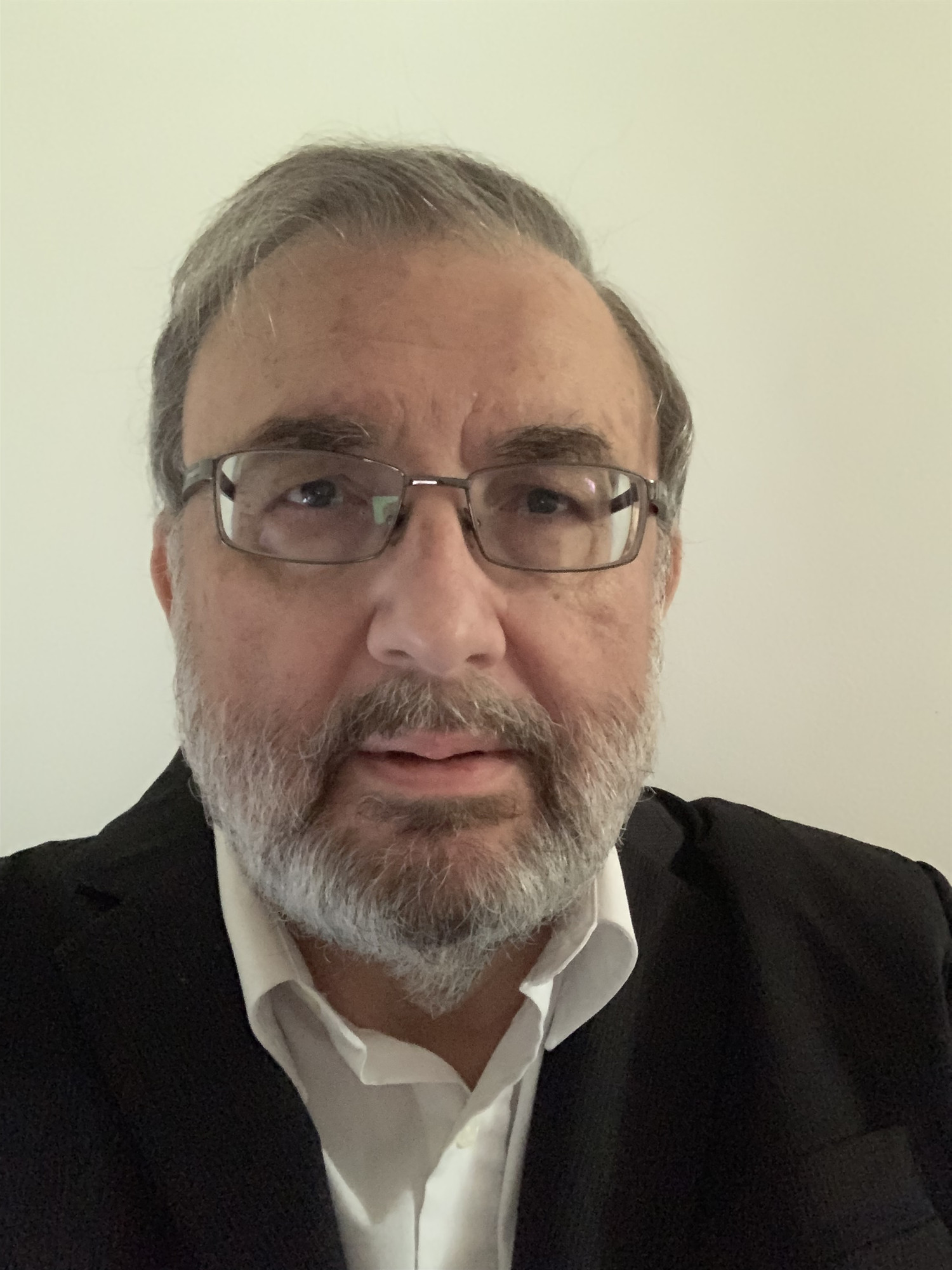
Prof. Erol SANCAKTAR
The University of Akron, Akron, USA
Title: An Ultrafast Method for Membrane Processing Using KrF Excimer Laser
Abstract:
Temperature and pH responsive membranes are widely used in controlled transport applications such as
drug delivery. The constraints introduced by the grafted network inside the porous support membranes
as well as the distribution of and non-uniformities in pores size which arise due to fabrication processes
affect transport rate through such membranes. Photo-grafting is widely used to photo-polymerize a
responsive monomer inside the pores, but it is slow and leads to undesirable surface polymerization on
the membranes. To overcome these limitations, we developed a novel continuous two-step operation
using 248 nm wavelength KrF excimer laser to fabricate Polyethylene terephthalate (PET) and polyimide
(PI) support membranes (films) and the final membranes pore-filled using responsive hydrogel for
responsive behavior. In the first step, membranes with uniform, ordered, and well-defined pores are
fabricated using masked laser ablation of membrane carrier films. In the second step, responsive hydrogel
is grafted in membrane pores through pulsed laser polymerization (PLP) at different grafting density
values induced by different numbers of laser pulses.
In our proof-of-concept experiments, laser fluence (energy/area) and number of pulses were determined
for different PET and PI film thicknesses and mesh sizes to obtain pores in the range of 600 nm to 35 μm.
The surface and cross-sectional morphologies of the ablated support films were observed using optical
microscopy and micro-CT. Optimum combinations of laser operational parameters (energy fluence,
number of pulses, pulse frequency) and mesh size for each thickness membrane were determined based
on full-perforation energy, average pore size and morphological observations. We then used the
perforated support films to polymerize responsive hydrogel inside the pores using the same KrF excimer
laser. Our results showed that the film thickness has little or no effect on kinetics of PLP for given laser
operation parameters, when grafting polymerization is performed on the monomer pool at the bottom
of the support membrane which is polymerized upwards through the pores using excimer laser irradiation
directed from the top of the pores.
Our work establishes 248 nm KrF excimer laser as an extremely fast tool for combined laser ablation and
polymerization during the same manufacturing process with the grafting time reduced to a few seconds.
The hydrogel network isstrongly grafted to the pore walls and remains stable inside them under pressure.
The grafting density of the hydrogel in the pores can be tuned by judicious selection of the laser
parameters resulting in room temperature water permeabilities varying by 6 orders of magnitude due to
hydrogel network swelling/deswelling inside the pores. Our results establish the novel continuous twostep excimer laser-based operation as an efficient, fast, and economical method to fabricate responsive
membranes.
Biography:
Dr. Erol Sancaktar received his Ph.D. (Eng. Mechanics) and M.S.
(Mech. Eng.) degrees from Virginia Tech. He is a Fellow of ASME and has served
as Chair of ASME Tech. Committee on Reliability Stress Analysis, and Failure
Prevention (1997-2008, 2013-present). He served as Associate Editor for the
ASME J. Mech. Design (1995-2006) and Medical Devices (2006-2013). He was a
faculty member at the Mechanical Eng. Dept. at Clarkson University during 1978
to 1996 before joining Univ. Akron in 1996 as Professor of Polymer Eng. He was
also appointed Professor of Mechanical Eng. in 2009. Dr. Sancaktar currently
holds the title, Professor Emeritus at the University of Akron’s School of
Polymer Science and Polymer Engineering (since August 2020). Prof. Sancaktar
edited 25 books and Journal Special Issues, authored 111 refereed journal
articles, 30 articles in books edited by others, including 2 chapters in ASM
Engineered Materials Handbook, as well as two chapters in Handbook of Adhesion
Technology by Springer. He delivered 244 technical presentations and has 4
patents. Dr. Sancaktar organized 30 Conferences.
Dr. Sancaktar served in 15 different Federal Government review
panels and served as reviewer for numerous scientific research proposals,
journal articles and books. He had over 18 consulting assignments, sabbatical
and extended visits with various government agencies (i.e., NASA, U.S. Army),
industrial establishments (Kendall Co., Chrysler Corp.), foundations and legal
agencies, not counting one-day consulting/advising visits. Among these expert
services was an over-billion-dollar case and expert witness testimony at the
U.S. International Trade Commission (2017).
Prof. Sancaktar and co-workers obtained ~ $4M Research and Grant support
with 56 projects during 1980-2022. These include 8 U. S. National Science
Foundation grants (~ $1.1M and spanning over 25 years), 3 Teaching Grants and
20 projects sponsored by Industry.